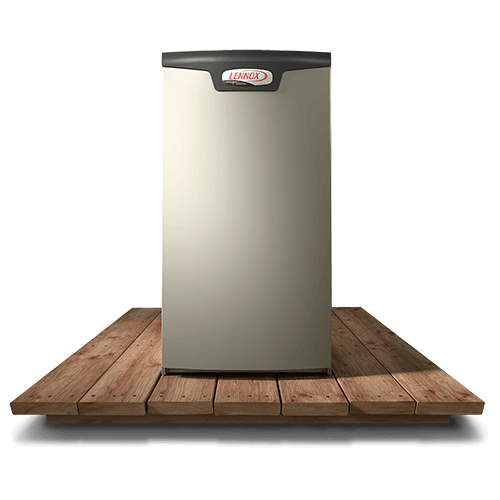
Furnaces are often overlooked by many homeowners. Since these appliances are typically hidden away from your line of sight, they often don’t get the TLC that other appliances are accorded with. A well-oiled furnace, however, is synonymous with comfortable indoor temperatures during periods of extreme weather. To help you determine if your heater needs replacing, here are some signs to watch out for.
Nearing Its Max Lifespan
The traditional residential furnace is designed to last for 15 to 30 years. You can maximize your heater’s lifespan by hiring a certified and insured HVAC technician, like those at Rosenberg Plumbing & Air, to perform scheduled maintenance and minor repairs every year. However, if you moved into a new home that has a furnace that was installed at least 15 years ago, it’s highly recommended to look for a potential replacement. If your current appliance is gas-powered, the lifespan might be closer to 20 years instead of 30. It’s best to look at modern electric-powered furnaces as a replacement since they can last for up to 30 years or more with regular maintenance.
Generating Loud Noises
If your furnace is generating perceptible noises during standard operation, it indicates a mechanical problem under the hood. Depending on what noise is being produced, a certified HVAC technician might still be able to perform repairs to restore the heater into working condition. Noises to look out for include popping, rattling, screeching, and humming. These sounds suggest damaged parts, including a damaged blower motor, loose ducts, or a busted flame sensor or igniter. If you hear a booming sound accompanied by a lingering gas odor, this may be caused by severe gas emission problems and could require immediate furnace replacement.
Change in Indoor Temperature
A drop or rise in indoor temperature can also indicate a malfunctioning furnace. If you notice different temperatures between varying spaces in your house, your heating system may no longer be able to distribute hot air evenly throughout the different sections of your residence.
Collecting Soot Around the Furnace Register
If you’re a long-time homeowner, you know how unpleasant it is to find soot or dust collecting around your living spaces. Soot and dust are often accompanied by low humidity levels in a house. Moisture is sucked out of the air, which puts your wooden floors and furniture pieces at a higher risk of getting damaged. Dead plants are another telltale sign that there’s something wrong with your furnace. You can often trace the problem back to an overproduction of carbon dioxide. Soot accumulation is typically found close to the grille and register of your heater, which is the air duct cover designed to regulate airflow.
Receiving High Energy Bills
As a furnace nears the end of its lifespan, its ability to distribute hot air throughout your house becomes increasingly inefficient. As a result, you’ll usually notice a sudden spike in your utility bill each month. To determine whether or not a furnace replacement makes practical sense, check the market for total repair costs. If the total repair cost is more than 50% of the cost of a new furnace installation, then it makes sense to just replace the unit completely. Consult with a professional, like those at Rosenberg Plumbing & Air, to find out what your options are.
Generating Different Colored Flames
An efficient furnace always generates a clean blue-colored flame. If the flames coming out of your burners appear yellowish, it’s possible that your heater is generating carbon monoxide, which is highly toxic. Yellow flames may also indicate a gas leak or an issue with the system’s combustion mechanism. Yellow flames can usually be resolved by adjusting the furnace burner’s air shutter to inject more air during the combustion process. If the issue persists, you may have to replace your gas furnace with an electric-powered unit to avoid the issue in the future.
Corroding or Cracking on the Outside
Inspect the outside of your furnace for any corrosion or cracks. Apparent signs of disintegration on the outside of your unit might not seem like enough cause for concern. However, it can also suggest excess wear and tear and damage on the parts inside of the furnace, including the pilot light, flame sensors, gas valve, or heat exchanger.
Rosenberg Plumbing & Air is a leading HVAC service provider in San Antonio, Texas, and the surrounding counties. For almost 20 years, we’ve been helping homeowners and business owners maximize their furnace’s use through regular maintenance and 24/7 repairs and replacements. Give us a call today to learn more about our services.
Tags: Furnace Installation, Furnace Replacement
